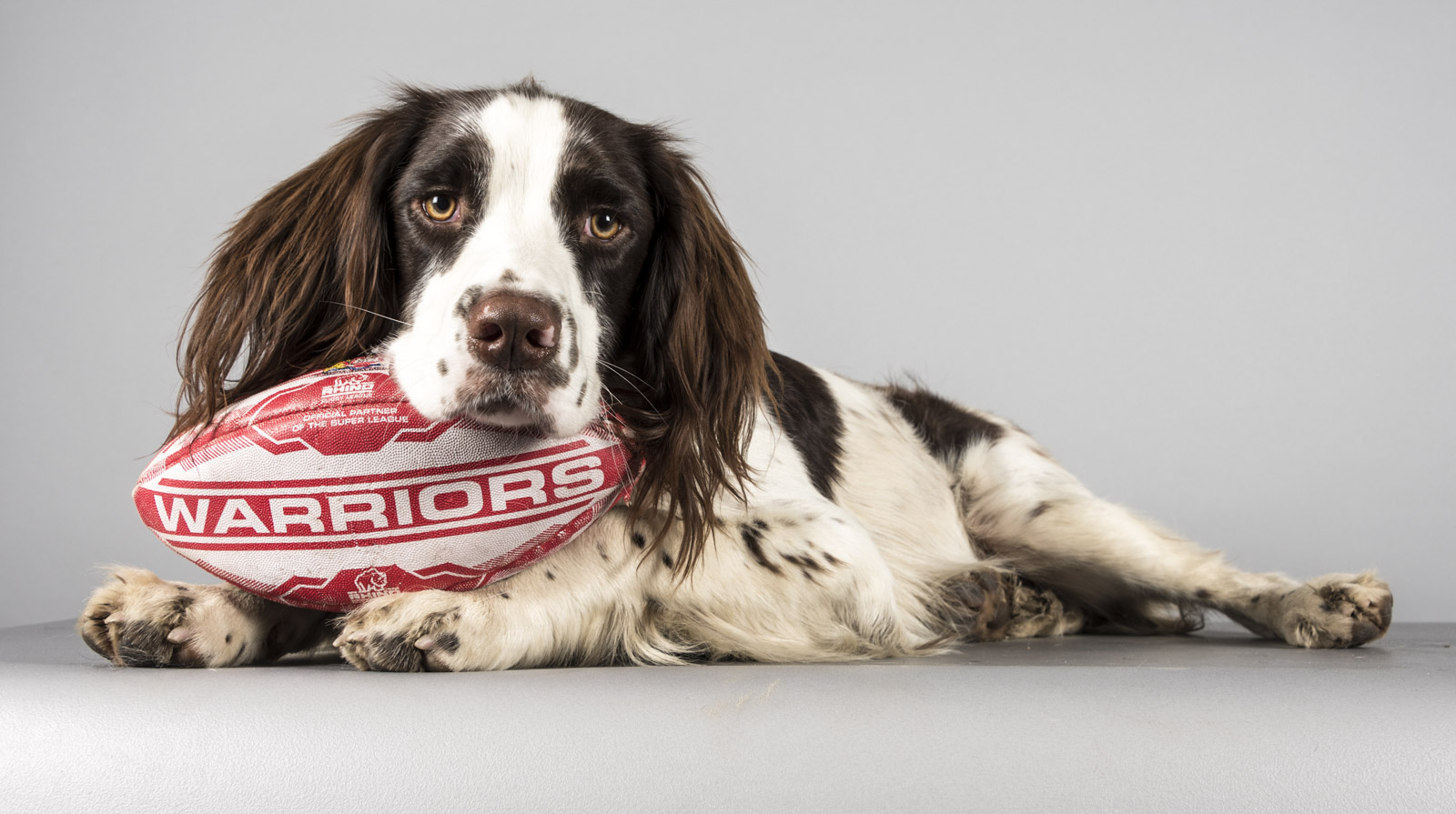When you take a photo of your pet you want their character to shine bright, you want to capture their essence and have something fit for the mantel piece.
The best pet photos are always when your pet is happy doing its thing and looking natural. But getting that magic shot is easier said than done when your pet is having a bit of a wobbly or displaying the attention span of a goldfish.
I could sit here and carefully type what camera tools or photography equipment you should use to get the best shots. But I think the most useful tricks of the trade for you to learn are practical and free tips which will instantly improve how you take photos of your favourite feline friend, canine buddy or reptilian rascal.
I’ve been around the pet photography block and have racked up a fair few anecdotes from some brilliant photoshoots over the years. And during that time, I also learnt some pretty handy tricks to get the best out of each pet shoot.
I truly think that anyone can use these 5 tricks with their smartphone or professional camera to quickly improve their pet photo taking skills and photography shoots
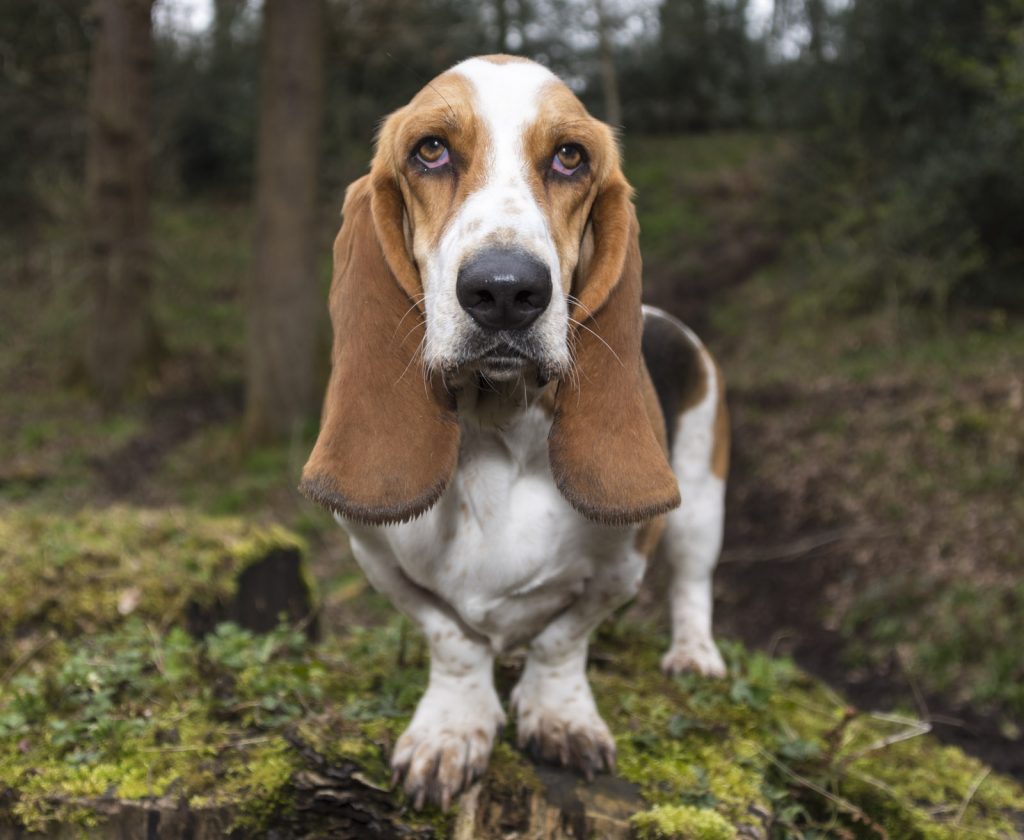
1) Be relaxed and calm
If you only read one pet photography tip on this blog post let it be this one – your pet is like a sponge and can read your emotional mood like a book. And so a stressed owner means a stressed pet, and nobody wants a sulky pet photo.
Trying to get a natural looking photo from the right angle could spike anyone’s stress levels, especially when you’re trying to capture a pet that doesn’t want to sit still or even look at the camera lens.
The phrase ‘Don’t work with pets or children’ rings especially true when you’re trying to take a picture of your pet who’s more interested in looking at its tail than your expertly manoeuvred camera position. But do take a deep breath because it’s also not the end of the world if you don’t get the shot you imagined there and then. Have a couple of goes in different environments and eventually you will hit the nail on the head.
Even if you’ve found the perfect spot and your pet won’t play ball, you don’t have to pack up shop and come back another day. Keep calm and have a walk around where you are, then circle back to the same spot. Your pet is more likely to be refreshed and you might just get the photo you’ve been waiting for.
And if you’re in a secure indoor environment then consider removing their collar and letting them feel more free and relaxed which should bring out their personality more.
2) Be up close and personal
If you are pulling your hair out because your rebellious cat or sleepy tortoise won’t look at you, it might be because of your camera angle.
Get on their level, quite literally and make eye contact. If it’s your pet, it already has a relationship with you so they’re more likely to interact with you as they normally would without a camera. And if they don’t know you they might trust you more when you meet them half way.
If your pet needs a good rest then sit them on a bench, a big rock or a tree stump to elevate them, or even a chair if you’re indoors. When you perch your pet you not only elevate your shot level but you can also use the perch as a background prop for a lovely and unique pet photo.
Don’t be afraid to get on the ground and nose to nose with your pet. When you’re rolling around in the mud, you’re fully involved in the shot and tend to take better photos. I actually wear knee pads when I photograph pets.
Good little safety tip – wherever you’re doing your pet photography shoot always ensure that you are working at a height that is safe for them to jump down from when they’ve had enough. And rest assured they will get to that point and you don’t want to be re-enacting a scene from King Kong when they do.
3) Start with head shots (or head and shoulders)
In my experience, always try to focus on the pet’s eye with whatever camera equipment you’re using. If you have a pet that’s eaten too many magic beans and won’t sit still (which is more likely than not) then it’s a good idea to team up with someone instead of going it alone and chasing your pooch or kitten around.
With pet photography, it sometimes takes two to tango. Having someone holding your pet (gently) to the spot might just give you a fighting chance and avoid blurry pet photos. And make sure if you are using another person, that you pick someone who knows your pet.
Animals don’t often take kindly to people they don’t know, its animal instinct and the old stranger danger thing. Your pet might not react with its normal warm and fuzzy personality if it finds a stranger pinning it to the spot.
Another great headshot bonus is that you can crop out any pesky hands or shadows from your kind helper. A pet perched on a table (or something similar) works particularly well when you are trying to keep your pet still but don’t want your helper to learn advanced yoga jut to get out of the shot.
And never put the pet in any unnecessary duress, if it really doesn’t want to be still then leave it to do its own thing. If your pet wants to play along then the 2nd person should be doing their best to keep the dog as calm as possible, patting it and talking to it to reassure the pet about the situation.
4) Check their appearance
When I say appearance, I don’t mean if they’ve had a rough night they might need some doggy make-up. What I mean is that each pet is ultimately unique so have a good long look at their appearance and check if they have a good side or not.
Always remove any sleep from the corner of their eyes and sort out runny noses or a bit of lovely drool. It’s not a job for the faint hearted but do keep checking throughout the shoot because that runny nose could come back to haunt you.
A great pet photography shoot is also about the surroundings. Have a good think about the colours and shades of your pet’s fur or scales and think what sort of background would suit it best. I find a simple, uncluttered background helps focus the people’s eye on your fabulous pet and lets its character shine. Thinking about their personality and what sort of environment would be funny, cute or striking is also good way to get a fantastic picture that reflects who your pet is.
5) Keep their attention span going
Keeping your pet’s attention for longer than 5 seconds is a tricky business. But you can adopt some handy tricks that can keep your pets gaze locked in the direction you want.
How? Firstly, make lots of noises and sounds. Knowing which sounds work best is trial and error with each pet, so don’t be afraid to bring out your clownish personality and get a bit goofy. If you see their head tilt, you know you’re on to a winner.
Nobody likes things to drag on, and pets get bored like the rest of us. Avoid using the same noises all the time because they’ll soon start ignoring you again – keep it fresh so that their attention span stays razor sharp. And make sure you shoot in short sessions, so you don’t tire out your pet or even yourself.
And if you don’t fancy making weird and wonderful noises in public there are some great smartphone apps that can do it for you. Even though the apps are useful and I know some people that love using them, I’ve personally found that it’s just another button to faff about with when you are already wrestling with a trigger happy pet and expensive photography equipment. Best to stick to your very own hands-free speaker, your voice.
Top tip – I’ve actually written down some sounds and noises that seem to work well with a lot of pets. It’s a good idea to do the same for your own pet or if you work with different animas like I do.
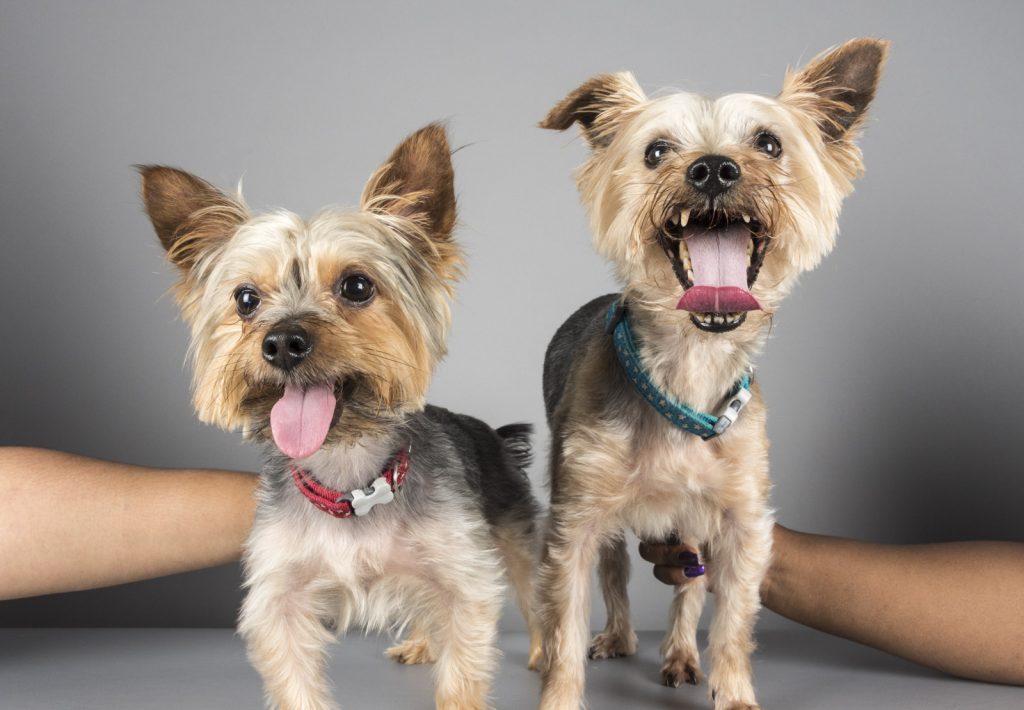
If your amazing repertoire of noises aren’t hitting the spot, place their favourite toys or treats on top of or near the camera. It’ll encourage them to look at the camera or hold your gaze long enough for you to take that golden shot.
Before you run out of your house with your camera strapped round your shoulder, a word of warning – some pets really don’t like noises or sudden movement. So it’s good to keep an eye out for how your pet reacts to noise, and keep quiet when you are starting to bug your budgie or seriously do your dog’s head in.
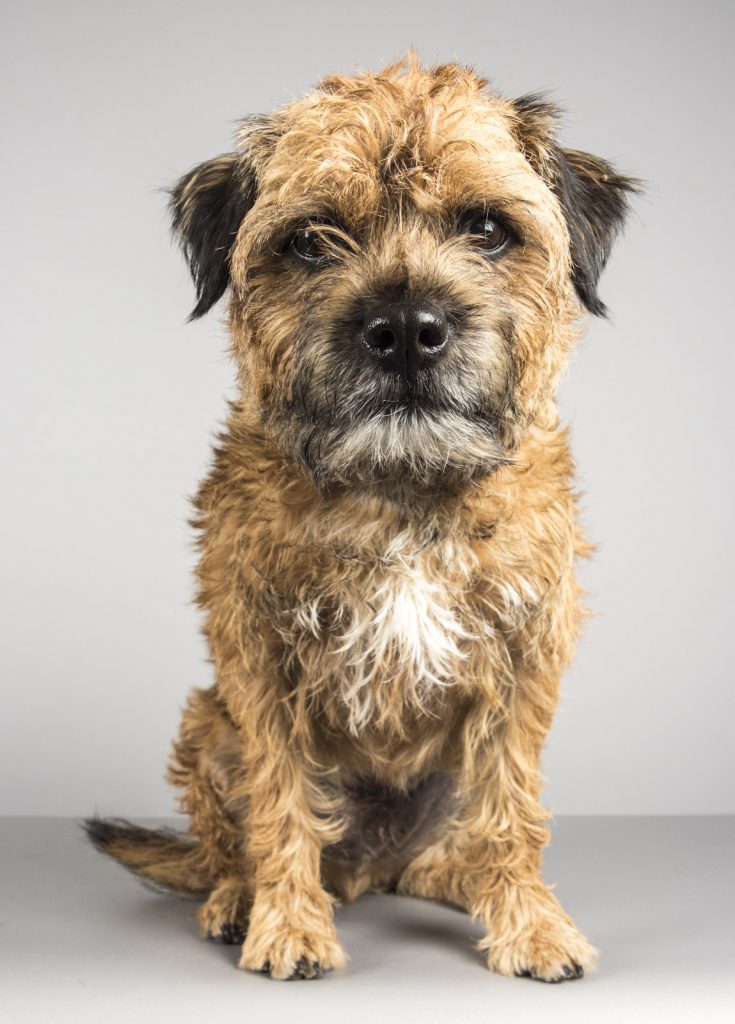
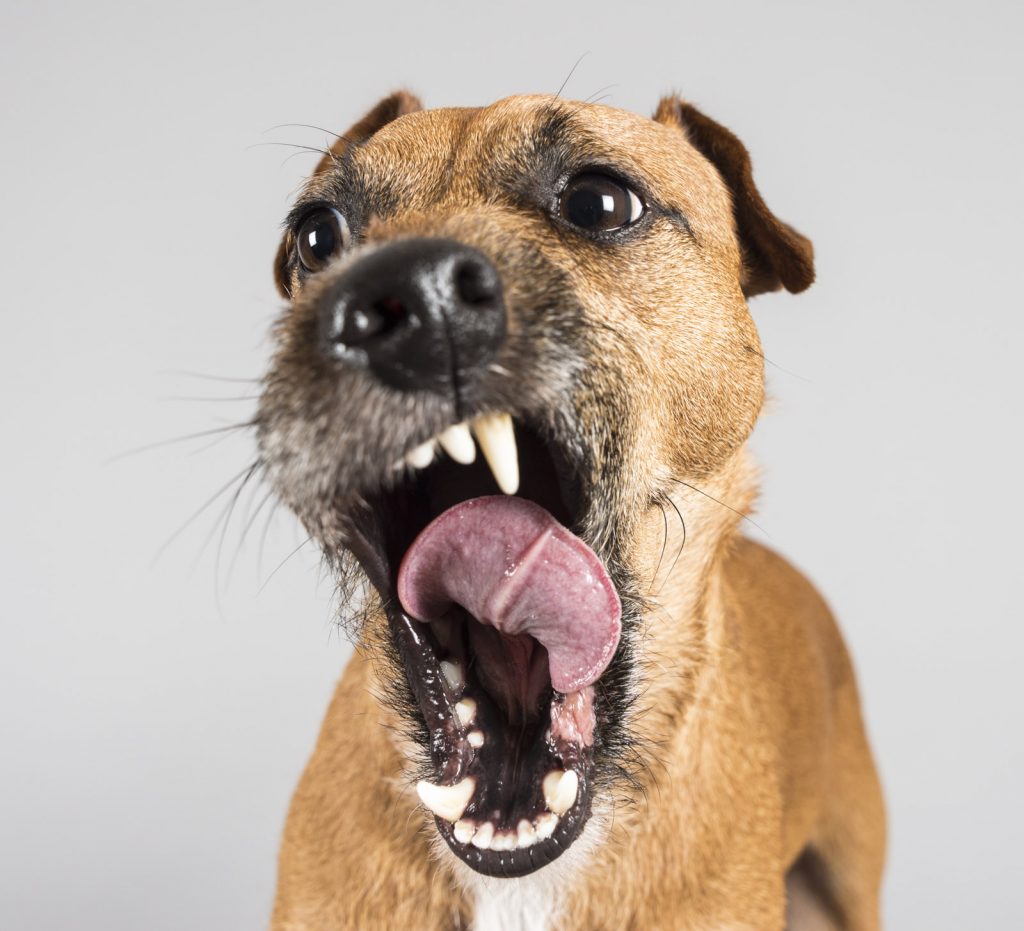
And if you don’t know the pet you are photographing then ask they owner what their pet likes and dislikes. I didn’t ask pet owners in my early days and once found myself making lots of Oscar winning noises while photographing a dog – 30 minutes down the line and the owner actually told me the dog was deaf. I quickly learnt that it pays to do your homework, so find out as much as you can about your subject before you even pick up your camera and get snapping.




